The smell of mock turtle soup reminds you of Grandma’s kitchen. It brings back memories of a warm, comforting meal. This classic dish is special, filled with family memories and holiday feasts.
Mock soup has been a favorite for many years. It’s a clever substitute for real turtle meat, offering luxury without exotic ingredients. Its history shows how it went from a practical choice to a beloved comfort food.
This dish’s story is one of culinary creativity and cultural change. You’re about to explore its history and how it became an iconic American dish. It’s a journey through time, filled with flavor and tradition.
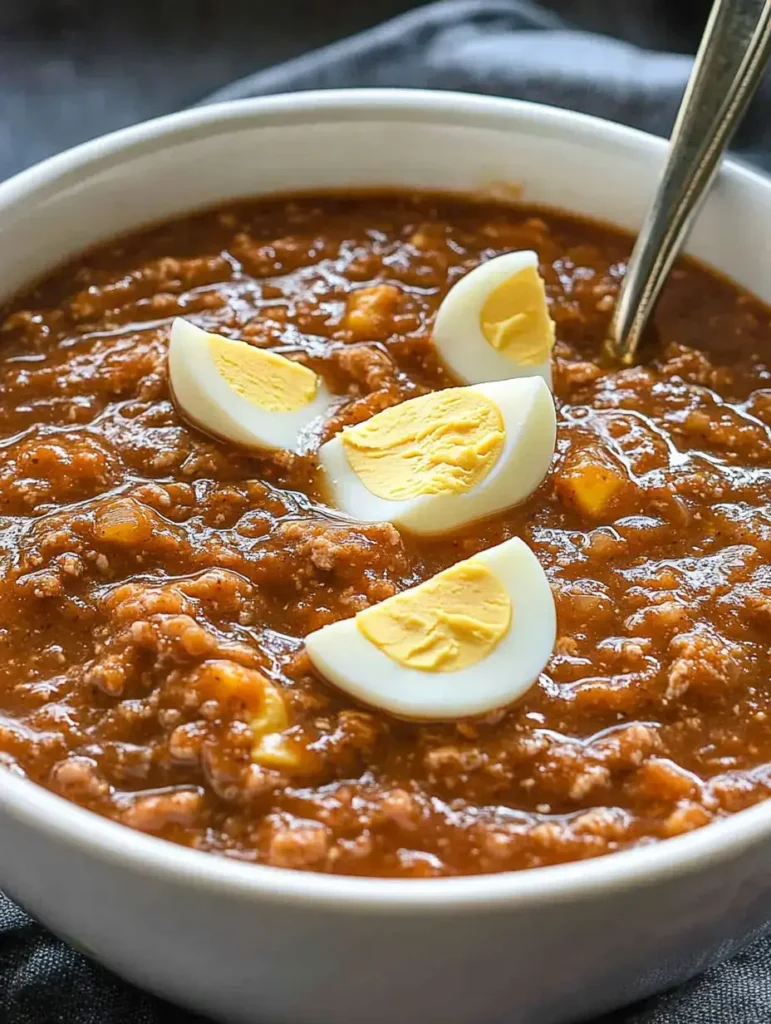
The Rich History of Mock Turtle Soup
Mock turtle soup has a rich history in the world of food. It started in Victorian England and later became popular in America. Let’s look at how this soup went from royal feasts to family dinners.
Origins in Victorian England
In Victorian England, mock turtle soup was a clever way to save money. Cooks used calf’s head to make a soup that tasted like turtle. This made a fancy dish affordable for more people.
Evolution in American Cuisine
When the recipe came to America, it changed to fit local tastes. In the 19th century, mock turtle soup became a hit. Cooks used beef instead of veal, making it a favorite in many homes and restaurants.
From Royal Tables to Home Kitchens
Mock turtle soup’s journey shows how society has changed. What was once for the rich became a dish for the middle class. Cookbooks started sharing recipes, letting families make this fancy soup at home. Today, mock soup has many variations across the United States, each with its own twist.
Understanding Mock Turtle Soup
This soup is a tasty dish that tastes and feels like real terrapin soup. It was created when turtle meat was hard to find and expensive. The secret ingredient is veal knuckle, which makes it feel like turtle meat.
The recipe uses calipee, a jelly-like part from turtle shells. Now, chefs use gelatin or cornstarch to get the right thickness. The soup’s deep flavor comes from herbs, spices, and a bit of Madeira wine.
- Main ingredient: Veal knuckle (substitute for turtle meat)
- Thickening agent: Calipee alternative (gelatin or cornstarch)
- Flavor enhancers: Herbs, spices, and Madeira wine
Mock turtle soup is similar to terrapin soup but haos its own special touch. The veal knuckle makes it tender, and the spices add a rich flavor. This soup is loved for its taste and history.
Essential Ingredients for Authentic Mock Turtle Soup
To make real turtle soup, you need certain ingredients. These key parts make the dish truly special.
The Star of the Show: Veal Knuckle
Veal knuckle is the heart of mock turtle soup. It adds rich flavor and a soft texture, like real turtle meat. Cooking it slowly makes it velvety.
Calipee Substitutes
Old recipes used calipee, a turtle’s fatty part. Now, we use a mix of lean veal and fatty beef. This mix gives the soup a similar taste and texture.
Herbs and Spices
Herbs and spices make turtle soup taste complex. You’ll find:
- Bay leaves
- Thyme
- Parsley
- Black pepper
- Allspice
The Finishing Touch: Madeira Wine
Madeira wine sauce adds depth and richness. It brings a nutty flavor that goes well with the meat. A bit of lemon juice balances it, adding brightness.
With these ingredients, you’ll make a mock turtle soup that’s just as good as the original. The mix of veal knuckle, herbs, and Madeira wine makes it a luxurious dish for any table.
Traditional vs Modern Preparation Methods
Mock turtle soup has evolved a lot since its Victorian days. Back then, chefs used real green turtles. Now, we make it without harming these endangered animals.
Old recipes simmered turtle meat for hours to get a rich broth. Today, we use veal or beef to get a similar texture. The secret is slow-cooking tough meat until it’s tender and full of flavor.
Seasoning has also changed. Classic recipes used Madeira wine, but now sherry vinegar gives a tangy taste. This change makes the soup easier for home cooks to make.
One thing that hasn’t changed is the need for a great stock. Whether you’re using an old or new recipe, a strong bone broth is key. It adds depth and complexity to the soup.
- Traditional: Used actual turtle meat
- Modern: Substitutes veal or beef
- Classic: Madeira wine for flavor
- Contemporary: Sherry vinegar as alternative
Even with these updates, mock turtle soup keeps its charm. It’s a hearty, tasty dish that still wins over food lovers. It connects old traditions with today’s tastes.
Step-by-Step Cooking Instructions
Making mock turtle soup is an art that needs patience and detail. Follow these steps to make a delicious dish that will wow your guests.
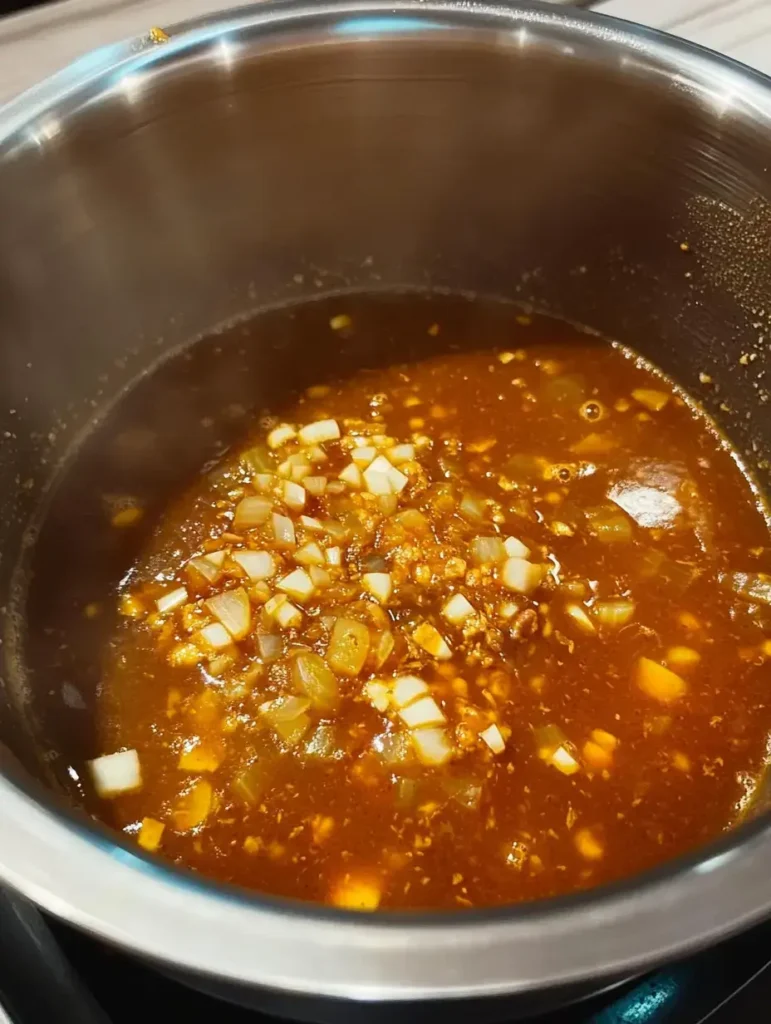
Preparing the Base Stock
Begin by simmering veal knuckles and beef in water for hours. Add onions, carrots, and celery to boost the flavor. Strain the stock and set it aside.
Creating the Perfect Consistency
In another pot, make a roux with butter and flour. Slowly whisk in the strained stock for a smooth mix. Simmer, stirring now and then, until it thickens.
Adding Finishing Touches
Now, add key ingredients to enhance your soup. Stir in chopped parsley for a fresh taste. Add a pinch of cayenne pepper for a subtle kick. Finally, squeeze in lemon juice to brighten the flavors.
- Chop fresh parsley finely and add to the soup
- Sprinkle cayenne pepper to taste
- Squeeze fresh lemon juice just before serving
Let the soup simmer for a few more minutes. This lets the flavors mix well. Taste and adjust the seasoning as needed. Your mock turtle soup is now ready to be served!
Serving and Pairing Suggestions
Make your soup stand out with these serving tips and pairing ideas. Learn how to add flair with classic garnishes and the perfect wine. It’s all about presentation.
Traditional Garnishes
Boost your soup’s taste and look with traditional garnishes. Sprinkle fresh parsley on top for a burst of color and a hint of herbs. For a zesty touch, offer lemon wedges on the side. Some chefs also drizzle Madeira wine sauce just before serving.
Wine Pairing Recommendations
Find the perfect wine to go with your mock turtle soup. A dry Madeira is a great match, mirroring the soup’s flavors. If you’re open to other options, try a full-bodied red like Cabernet Sauvignon or a crisp white such as Sauvignon Blanc.
Seasonal Serving Tips
Adjust your soup presentation with the seasons. In winter, serve it hot in warmed bowls. For summer, chill it and add a splash of sherry vinegar for a refreshing twist. Use seasonal herbs or edible flowers to match the season.
- Spring: Garnish with fresh chives and viola flowers
- Summer: Add a dollop of creme fraiche and cucumber ribbons
- Fall: Top with crispy sage leaves and toasted pumpkin seeds
- Winter: Serve with a side of crusty bread and herb butter
Health Benefits and Nutritional Value
This hearty soup is not just tasty; it’s also good for you. It’s packed with protein from veal knuckle. Protein helps build and repair tissues, makes enzymes, and boosts your immune system.
The modern version of mock turtle soup often includes vitamins and minerals. These can include vitamin A for your eyes, vitamin C for your immune system, and iron for your blood.
Lemon juice adds a tangy taste to the soup. It also brings vitamin C. This vitamin fights cell damage and helps your skin stay healthy.
- Rich in protein from veal knuckle
- Contains vitamins and minerals from calipee substitute
- Lemon juice provides vitamin C
- Low in calories, high in nutrients
While mock turtle soup is nutritious, it should be part of a balanced diet. The soup’s flavor comes from various ingredients. Some of these might be high in sodium or fat. If you’re watching your salt intake, making a lower-sodium version at home is a good idea.
Common Mistakes to Avoid When Making Mock Turtle Soup
Making mock turtle soup can be tricky. Let’s look at common mistakes and how to avoid them for a tasty soup.
Temperature Control Issues
One big mistake is not controlling the heat right. When cooking your veal knuckle, keep the heat low and steady. Boiling too fast can make the meat tough and the broth cloudy. For the best flavor, simmer it gently.
Seasoning Balance
Getting the flavors right is key. Too much cayenne pepper can overpower the soup. Start with a little and add more if needed. Sherry vinegar adds a nice touch, but use it carefully to avoid too much acidity.
Texture Problems
Texture issues often come from not preparing ingredients right. Make sure to finely dice the veal knuckle for a smooth soup. If it’s too thin, reduce it. For a thicker soup, add a bit of roux or pureed veggies.
- Simmer gently to prevent tough meat
- Use cayenne pepper and sherry vinegar in moderation
- Dice veal knuckle meat finely for better texture
- Adjust thickness by reducing or adding thickeners
By avoiding these mistakes, you’ll create a delicious dish that will impress your guests and please your taste buds.
Regional Variations and Adaptations
Mock turtle soup has grown beyond its roots, with unique tastes in different places. This classic dish now has many versions, each showing off local flavors and ingredients.
Southern American Versions
In the American South, mock turtle soup gets a twist from terrapin soup. Beef or veal is used to mimic green turtles. Okra thickens it, and hot sauce adds spice. Ham hocks add a smoky taste, making it a warm meal for chilly nights.
European Interpretations
European chefs have made their own versions of mock turtle. In England, it’s mixed with herbs like thyme and marjoram. German versions might add mushrooms and sour cream. French chefs sometimes include cognac for a richer flavor.
Modern Fusion Approaches
Today, chefs are mixing turtle soup with new flavors. You might find it with Asian spices or Latin American chilies. Vegetarian versions use lentils or mushrooms. These updates keep the dish fresh while meeting new tastes and diets.
- Thai-inspired mock turtle with lemongrass and coconut milk
- Mexican-style soup with chipotle and avocado
- Vegan mock turtle using seitan and kombu for umami
These changes show mock turtle soup’s appeal around the world. From Southern homes to European cafes and modern restaurants, it’s always changing. Yet, it always stays true to its rich history.
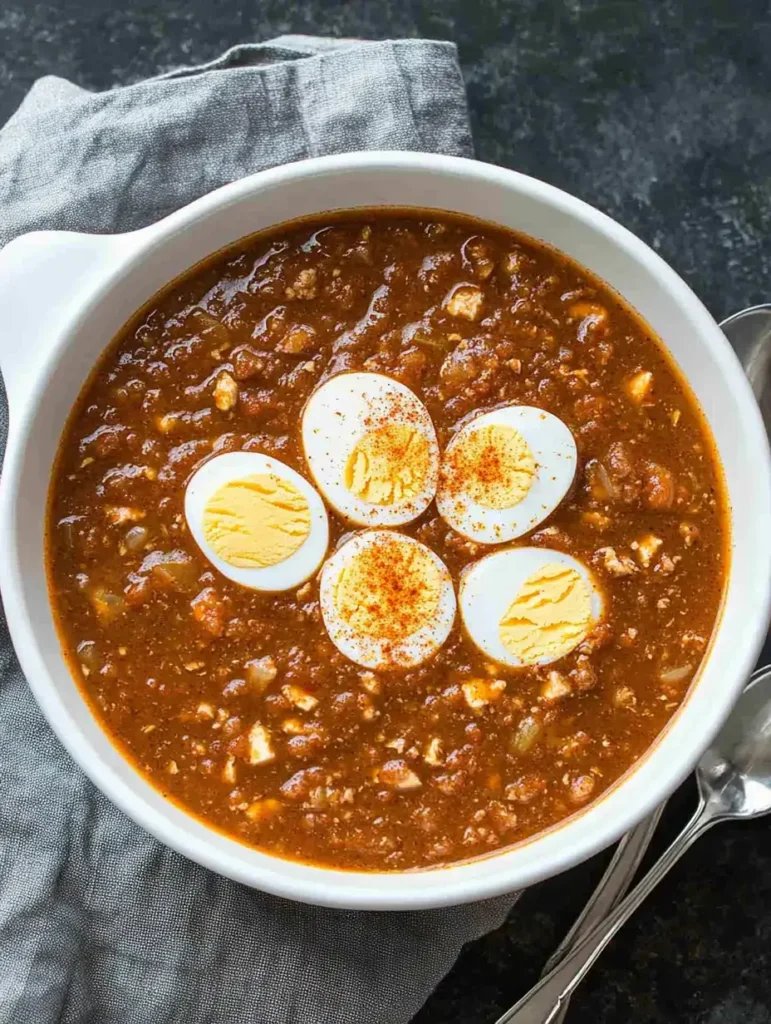
Conclusion
Mock turtle soup is a true marvel of culinary creativity and American tradition. It has grown from its Victorian beginnings to become a favorite in many U.S. homes. Its rich history and unique taste make it a must-try for anyone who loves food.
The traditional mock turtle soup recipe is a mix of textures and flavors. It starts with a savory veal base, then adds aromatic herbs and spices. The Madeira wine adds depth and complexity to the soup.
We hope this guide has encouraged you to try making mock turtle soup at home. With the right ingredients and attention to detail, you can make this classic dish in your kitchen. Remember, the more you practice, the better you’ll get. Happy cooking!
FAQ
Q: What is mock turtle soup?
A: Mock turtle soup is a classic American dish. It was created as a cheaper substitute for real turtle meat. It uses veal knuckle and herbs to mimic turtle soup’s taste and texture.
Q: Where did mock turtle soup originate?
A: It started in Victorian England as a cheaper turtle soup alternative. It became popular in America, moving from royal tables to home kitchens.
Q: What are the main ingredients in mock turtle soup?
A: Mock turtle soup includes veal knuckle, calipee or substitutes, and herbs like parsley. It also has cayenne pepper, lemon juice, and Madeira wine sauce.
Q: How does mock turtle soup differ from real turtle soup?
A: Mock turtle soup uses veal knuckle instead of turtle meat. It tries to match real turtle soup’s flavor but has its own taste. It’s also easier to find.
Q: What is calipee and why is it used in mock turtle soup?
A: Calipee is a gelatinous turtle shell substance. In mock turtle soup, substitutes are used to get its texture and flavor. This adds to the soup’s authentic taste.
Q: Why is Madeira wine used in mock turtle soup?
A: Madeira wine adds depth and complexity to the soup. It enhances the veal’s rich flavor and the dish’s savory notes.
Q: How has the preparation of mock turtle soup evolved over time?
A: Mock turtle soup’s preparation has changed over time. New ingredients and cooking methods have led to different recipes and ways to make it.
Q: What are some common garnishes for mock turtle soup?
A: Common garnishes include chopped parsley, sherry vinegar, and cayenne pepper. These add flavor and heat.
Q: Are there any health benefits to eating mock turtle soup?
A: Mock turtle soup is a good protein source from veal knuckle. It also has vitamins and minerals from herbs and vegetables. But, it’s high in sodium, so eat it in moderation.
Q: What are some regional variations of mock turtle soup?
A: There are Southern American, European, and modern fusion versions. Each uses local ingredients and techniques, blending tradition with new ideas.

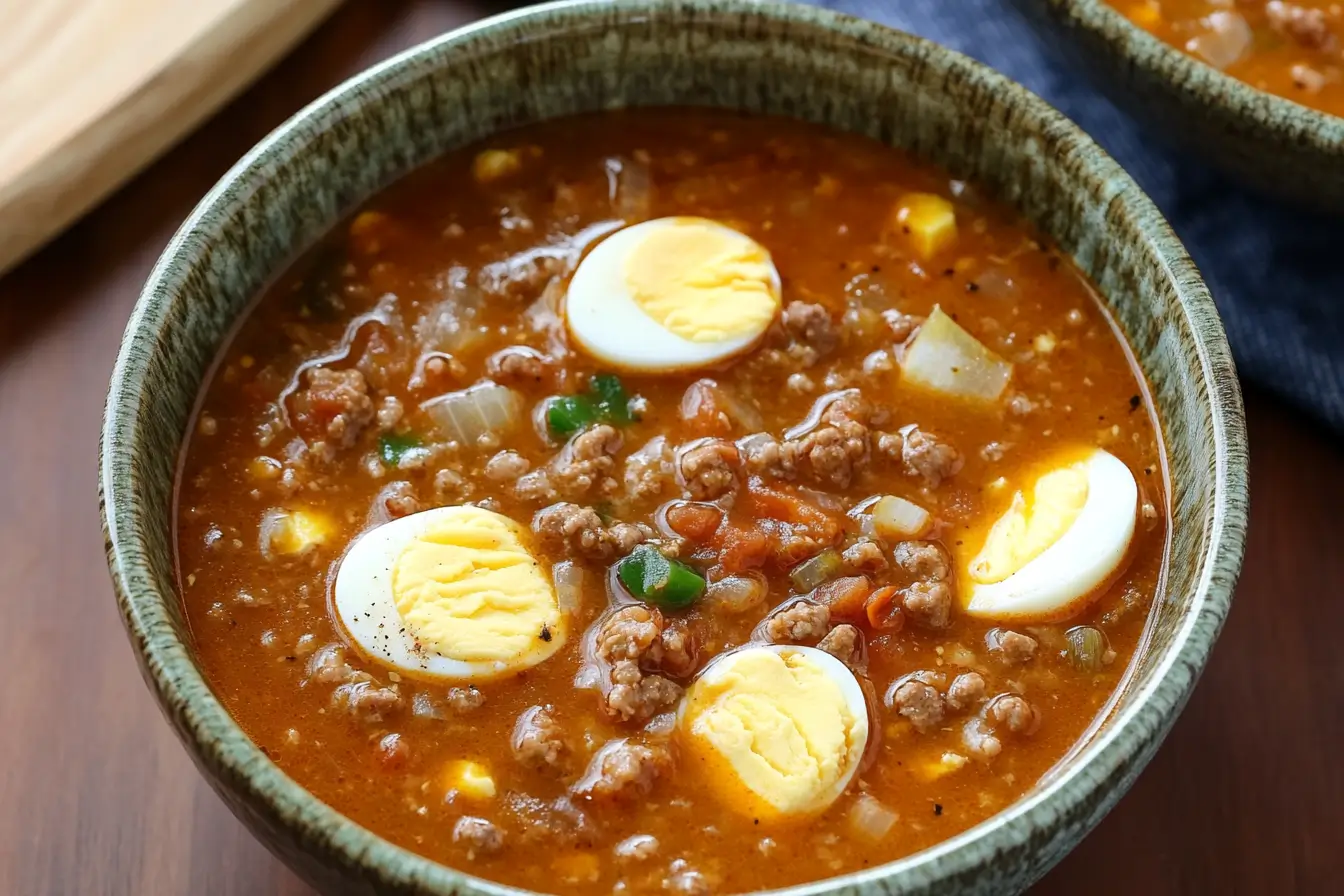
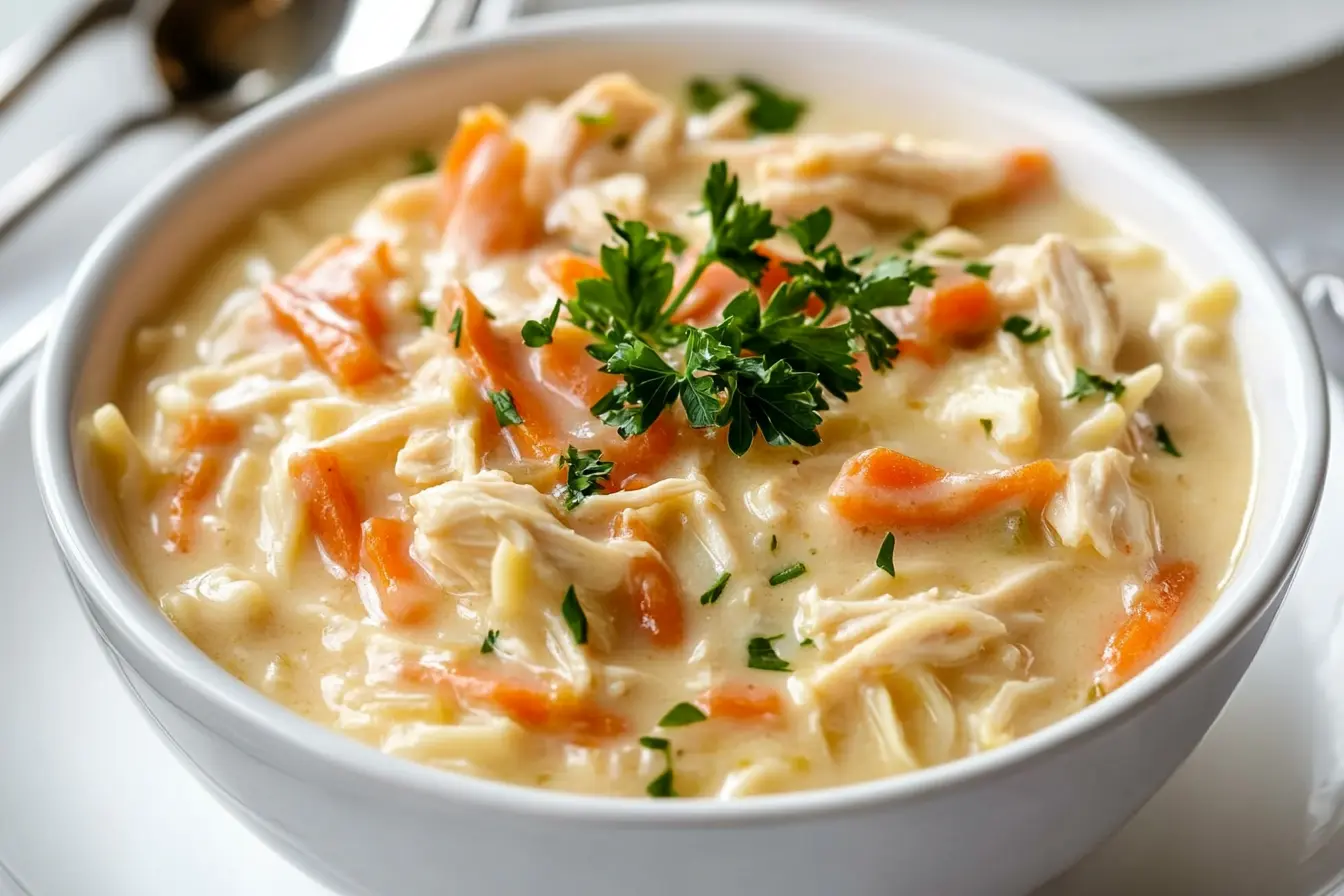

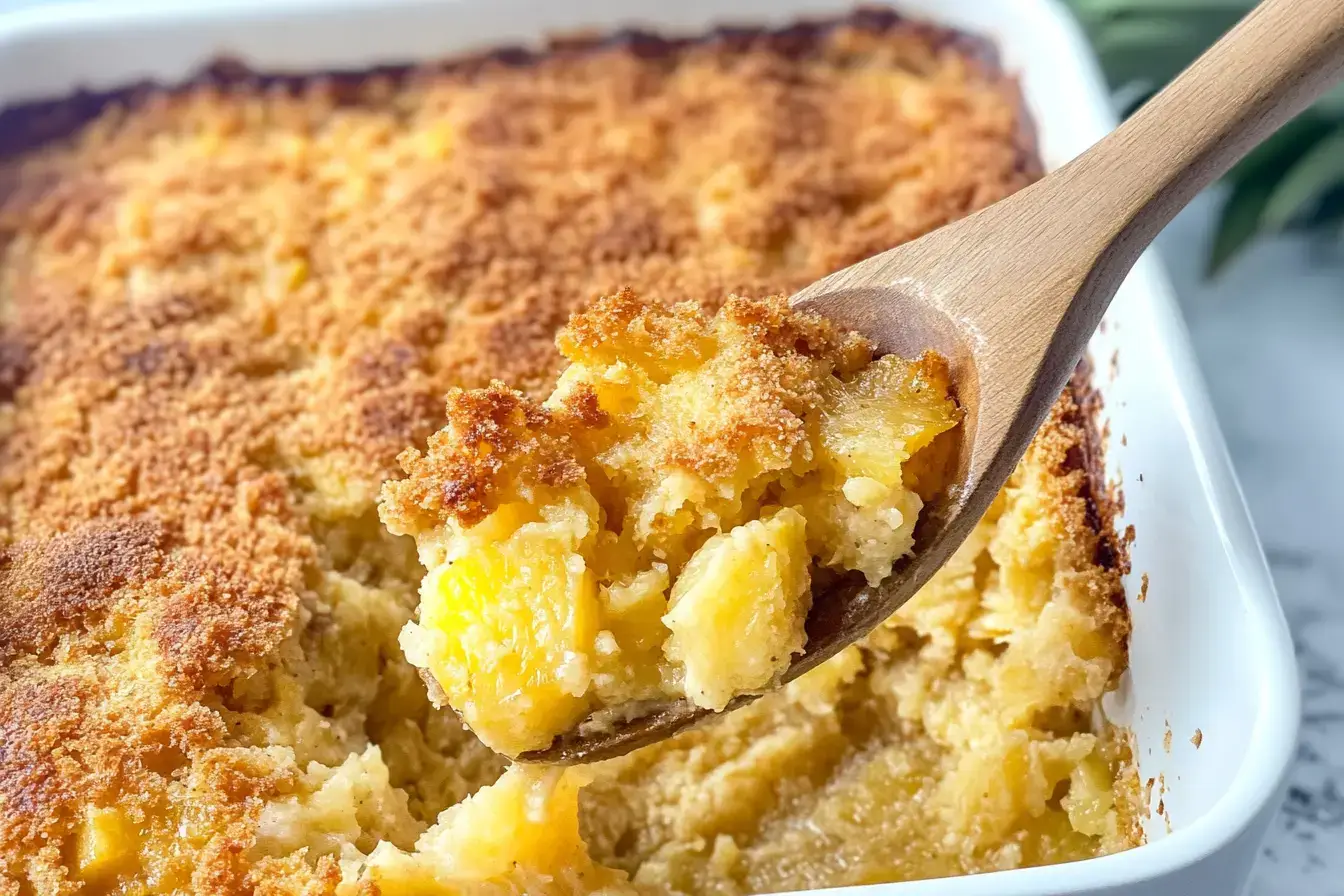
1 thought on “Mock Turtle Soup”